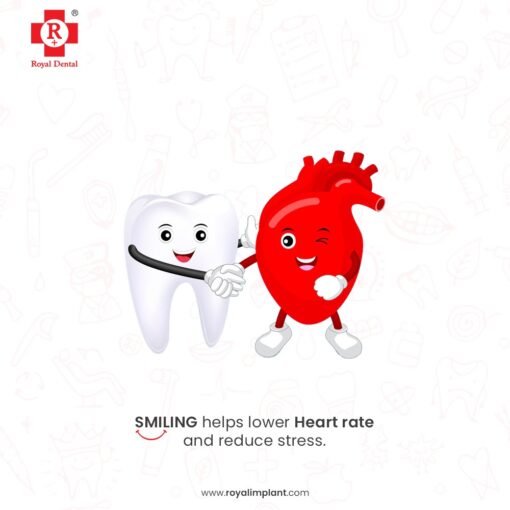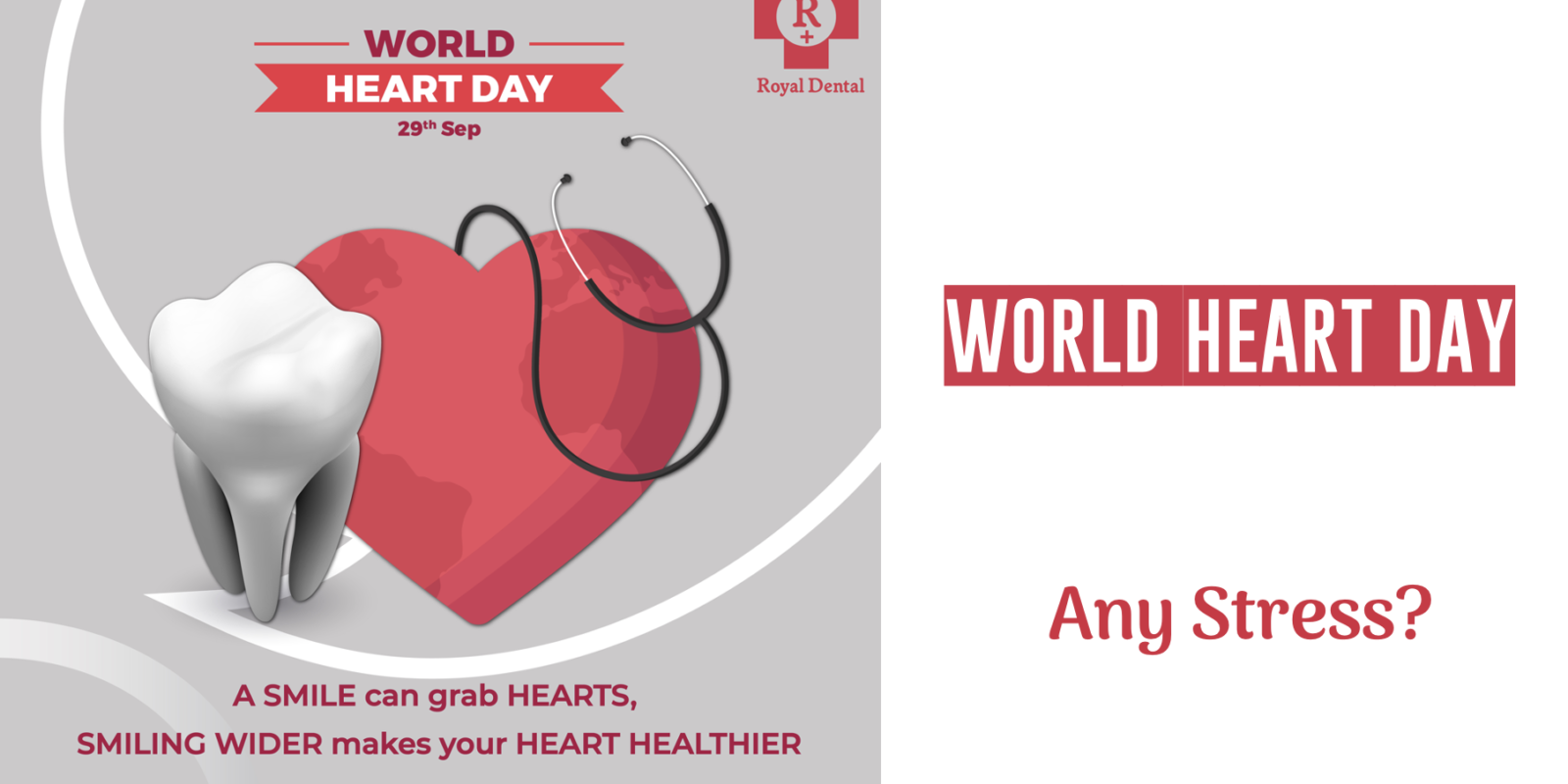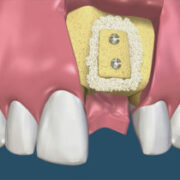When you have a pacemaker, dental visits can be a bit daunting. It’s important to know what to expect and how to protect yourself during your appointment. Fortunately, with the right preparation, you can have a safe and successful visit to the dentist. From understanding the risks to talking to your doctor and dentist, this article will provide all the information you need to make sure your dental visit is a positive one. There are a few important steps to take before your appointment, including letting your dentist know about your pacemaker and having a discussion about the special care you may need.
Risks of Dental Visits with a Pacemaker
Pacemakers are used to treat abnormal heart rhythms and are usually placed in the upper chest wall. They are connected to the heart through leads, which are thin wires that run through the veins and into the heart. Pacemakers have a few risks associated with them, including infection and damage to the heart tissue near where the leads are placed.

During dental visits, there is a risk of dislodging the leads or damaging the wire or connector that connects the leads to the pacemaker. If the leads come loose, they may be broken or disrupt the electrical pulses that are necessary in order to regulate the heartbeat. If the leads break, they may move around within the heart, leading to further complications, such as a broken wire or the need for additional surgery.
Talking to Your Doctor and Dentist
When planning a dental visit with a pacemaker, it is important to let your doctor know about your device and any precautions that may be necessary. This way, your doctor can inform your dentist of the risks and discuss any adjustments that may be needed for your particular treatment. For example, if you have a dental implant, your doctor may recommend antibiotics to prevent infection.
This can help protect your heart and avoid any complications that could arise from infection. Your doctor may also suggest avoiding certain dental procedures, such as certain types of anesthesia. There are a few precautions that your dentist needs to take during your visit, including using protective covers on all the equipment that comes in contact with your skin.
Potential risks of visiting the dentist with a pacemaker
Interference with the pacemaker function – The X-rays used during dental visits can disrupt the function of the pacemaker. However, there are lead shields that can be used in order to protect you and your pacemaker during dental X-rays.
Infection – Your mouth is home to a wide variety of bacteria and germs, some of which can cause infections if left untreated. If you have dental procedures performed, it is important to follow up with a dental visit to ensure the dental visit does not result in an infection.
A blood clot – Blood clots are a serious condition that can occur if you are immobile for an extended period of time. It is important to remain active and move during a dental visit to avoid a blood clot.
Precautions to take during a Dental Visit
Avoiding the use of nitrous oxide – Certain dental procedures, such as root canals, will require you to use nitrous oxide. While nitrous oxide is not harmful to those with a pacemaker, it is important to inform your dentist before the use of nitrous oxide.
Avoiding dental procedures that cause bleeding – While dental procedures that cause bleeding are not harmful to those with a pacemaker, it is important to inform your dentist of your condition.

Take extra precaution for dental procedures that cause swelling – Certain dental procedures will cause swelling, such as dental extraction. It is important to inform your dentist of your condition before undergoing any dental procedures that cause swelling.
Drinking plenty of water – It is important to stay hydrated while visiting the dentist. Drinking plenty of water will help to flush bacteria and debris from your mouth and reduce the risk of infections.
What to do if something goes wrong?
Notify your dentist immediately – If something goes wrong or you feel that your pacemaker is not functioning properly, it is important to immediately notify your dentist and physician. This will allow them to take the appropriate precautions, and ensure your safety and comfort.
Document the situation – If something goes wrong, it is important to document the situation. Write down what happened, when it happened, and any steps you took to correct the situation. This will help your physician and dentist understand what happened, and what steps they can take to correct the situation.
Consult your physician – If your situation does not improve, it is important to consult your physician. They will be able to recommend the appropriate steps moving forward.
Conclusion
Pacemakers are a common and life-saving device used to re-establish a normal heart rhythm. While pacemakers are safe and effective, there are a few precautions to take when visiting the dentist. Notify your dentist of your pacemaker, avoid the use of X-rays when possible, and inform your dentist of any dental procedures that may cause swelling. With the right precautions, you can ensure a safe and comfortable dental visit with your pacemaker
© All rights reserved by Royal Dental Implants Pvt Ltd
Issued in public interest






